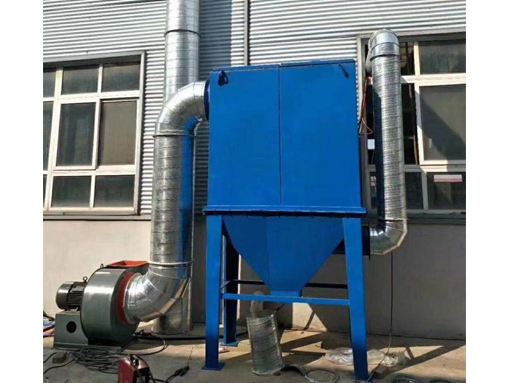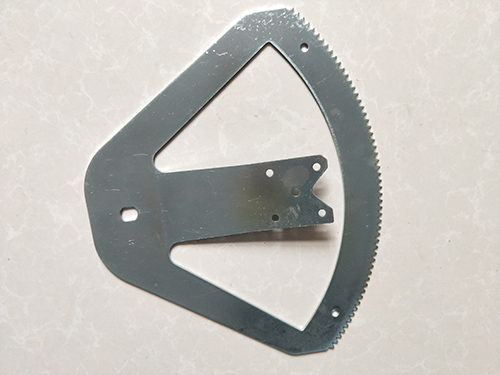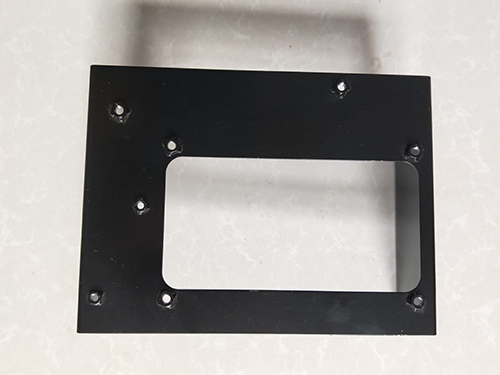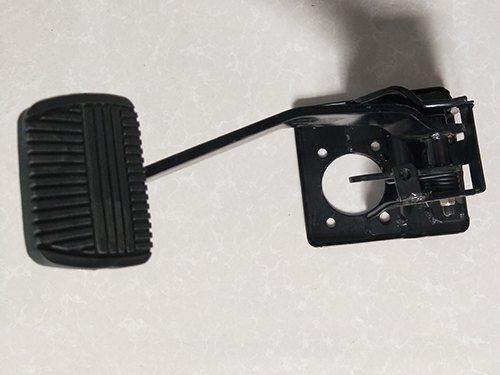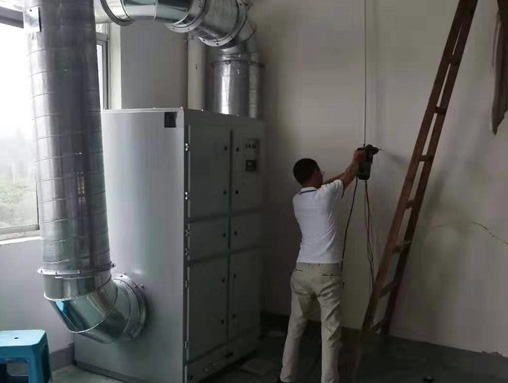Reasons and inspection aspects for burrs in stamping parts forming
1. Burrs appear on the cutting material
When cutting automotive stamping materials from sheet metal, many sharp objects often appear at the edges of the material. Some are thin and some are thick, but they are relatively high and obvious. This is the burr that often appears at the cutting edge of the material after cutting. There are two types of burrs. One is that the gap between the concave and convex molds of the cutting machine is too large, resulting in high and thick burrs on the cutting site that are not on the same line; Another situation is that although there is a gap between the concave and convex molds, it is not large or due to long-term use causing wear on the blade, resulting in high but thin burrs. Therefore, we need to adjust the gap between the concave and convex molds, regularly inspect the blades, and grind the worn blades.
2. Wrinkle during stretching
The thickness of stamping materials for automobiles varies, and when thin stamping parts are needed, we need to stretch them. Sometimes, wrinkling may occur during stretching, such as the edges appearing wavy and uneven, which seriously affects the later splicing work. Of course, there is also a type of wrinkling that occurs when stretching some spherical shaped stamped parts, resulting in uneven wrinkles on the side walls. These wrinkles not only destroy the appearance, but also lead to the phenomenon of mismatch between automotive stamped parts and other components during later automotive assembly. Fundamentally, the phenomenon of wrinkling occurs because the material is subjected to uneven forces during stretching. For example, uneven pressure during stretching of a flat plate can cause an imbalance in the forces acting on the middle and edges of the material. For example, when stretching a spherical material, if the external and internal forces of the ball cannot reach an equilibrium point, it can lead to raised wrinkles in the material after compression. For these, we need to pay attention to the degree of stretching and use auxiliary tools to prevent the material from arching or to thicken the material.
3. Break during stretching
In addition to wrinkling caused by stretching, if the tension is too high and exceeds the actual tensile strength of the material, that is to say, exceeding the material's bearing capacity, it will cause the material to break, wasting materials and also wasting a lot of manpower and material resources. Therefore, we should pay attention to prevention. When stretching, it is often not the thin areas that are prone to cracking, but the areas with significant deformation are prone to cracking. This indicates that in areas where large stretching is required, we can take proactive measures and repair after stretching, such as drilling process holes or making process incisions in the stretching area, to help reduce the tension required for stretching in areas with large bending and avoid excessive tension.
4. Rebound during stretching forming
During the process of drawing and forming, bending and drawing are often carried out. However, due to the action of force, the stamped parts may still rebound after drawing, resulting in significant deviations between the final stamped parts and the actual dimensions of the stamped parts we want. This seriously affects the quality of the stamped parts and leads to their inability to function properly. The rebound phenomenon that occurs during the drawing process can now be solved using rebound processing surface compensation technology, but this cannot solve the problem. Further research is needed to propose solutions to avoid material loss and reduce work efficiency.
Automotive stamping parts occupy a significant position in automotive electronic stamping parts, not only because they almost include the entire structure of the car, but also because they improve the performance of the car. Automotive stamping parts include the exterior body of the car as well as some internal structures, which require us to take them seriously in automotive stamping parts. Although stamping parts for automobiles have many benefits, they also have many defects that need to be overcome. We need to consider, pay attention to, and avoid these defects in the production process of stamping parts for automobiles, so as to help improve their compressive strength and overall body coordination.
Whether the quality of automobile stamping parts is qualified or not is not a matter of arbitrary the final say, but can be judged after a series of strict inspections. The above-mentioned inspections include touch inspection, oil coating inspection, polishing inspection of flexible mesh, oilstone polishing inspection, visual inspection, and so on.
The so-called touch inspection is to wipe the surface of the car stamping parts clean with clean gauze, and the staff wear touch gloves to touch the surface of the stamping parts along the longitudinal direction. The experience of the inspectors is crucial in this process.
After wiping the surface of the car stamping parts with clean gauze, it is necessary to use a clean brush to evenly apply oil in the same direction to the entire outer surface of the stamping parts; Then, place the stamped parts that have been coated with oil under strong light for inspection, in order to observe whether there are small defects such as dents, dents, and ripples on the stamped parts.
The car stamping parts that have been wiped clean can be polished with flexible mesh or oilstone, so that any bumps or indentations on the surface of the stamping parts can be easily detected. When polishing the flexible mesh, it is done longitudinally, while the oilstone polishing is also done longitudinally and fits well with the surface of the stamped part, but some areas can also be supplemented with transverse polishing.
Visual inspection is a relatively simple inspection method for automotive stamping parts, which can detect appearance abnormalities and macroscopic defects of stamping parts without the need for any tools or techniques. No matter what inspection method is used to determine defects, they should be resolved as soon as possible to avoid further deterioration of the problem.
Wipe the surface of the outer cover clean with clean gauze. The inspector needs to wear touch gloves and touch the surface of the stamped part along the longitudinal direction, which depends on the inspector's experience. Oil stones can be used to polish the suspicious area being detected and verify it, but this method is still a viable inspection method.
Wipe the surface of the outer cover clean with clean gauze. Use a clean brush to evenly apply oil in the same direction to the entire outer surface of the stamped part. Inspect the stamped parts that have been coated with oil under strong light. It is recommended to place the stamped parts vertically on the vehicle body. This method can easily detect tiny bumps, dents, and ripples on stamped parts.
Wipe the surface of the outer cover clean with clean gauze. Use a flexible sand mesh to tightly adhere to the surface of the stamped part and polish it longitudinally until the entire surface is covered. Any dents or indentations will be easily detected.
Firstly, wipe the surface of the outer covering with clean gauze, and then polish it with an oilstone (20 × 20 × 100mm or). For areas with arcs and difficult to reach areas, use relatively small oilstones (such as 8 × 100mm semi-circular oilstones).
The selection of oil stone particle size depends on the surface condition (such as roughness, galvanizing, etc.). Suggest using fine-grained oilstone. The direction of oilstone polishing is basically along the longitudinal direction, and it fits well with the surface of the stamped part. In some places, horizontal polishing can also be added.
